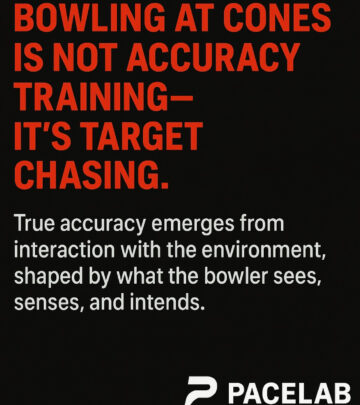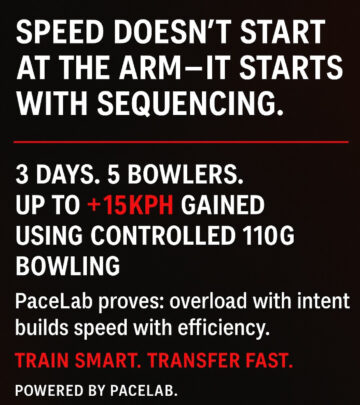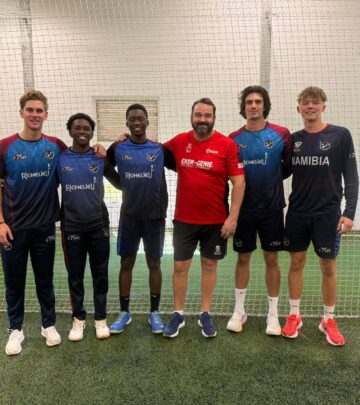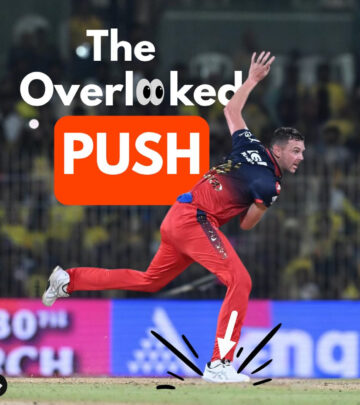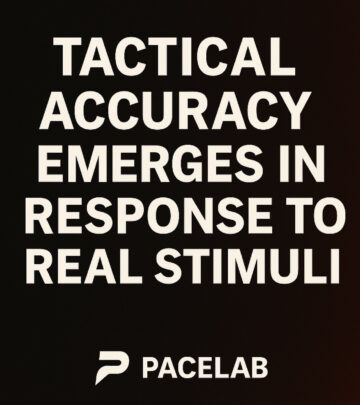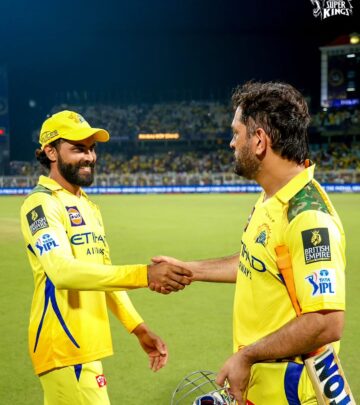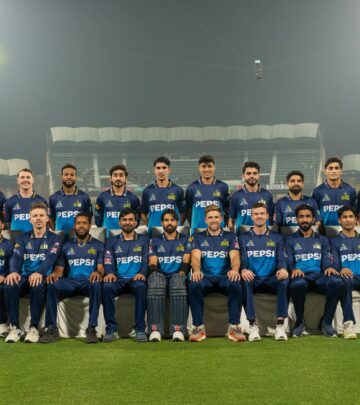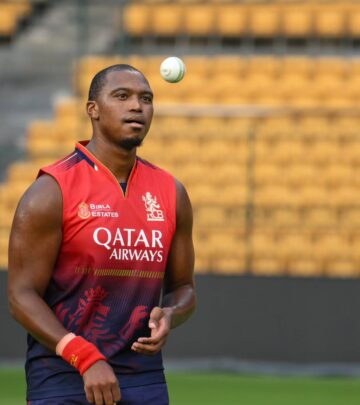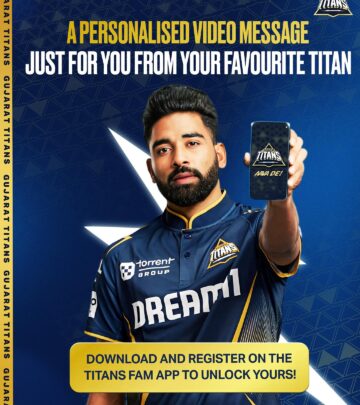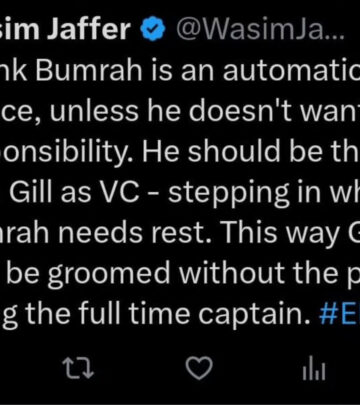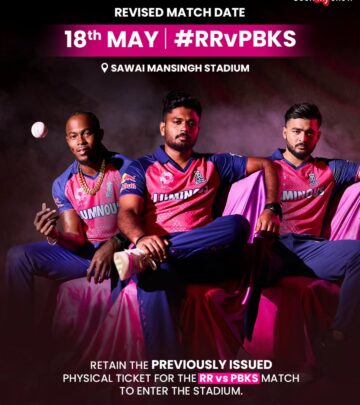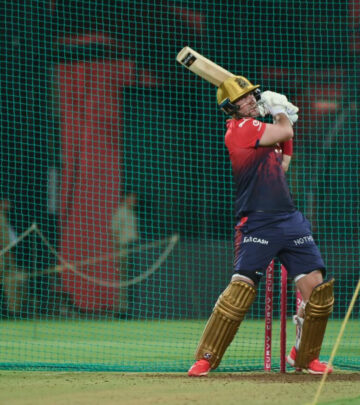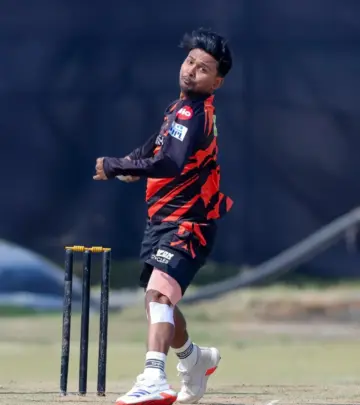Fast Bowling Technique: Pre-Planned Skills And Fixed Mechanics
Adapt your drills, hone your skills, and embrace fixed technique: precision is pre-planned.
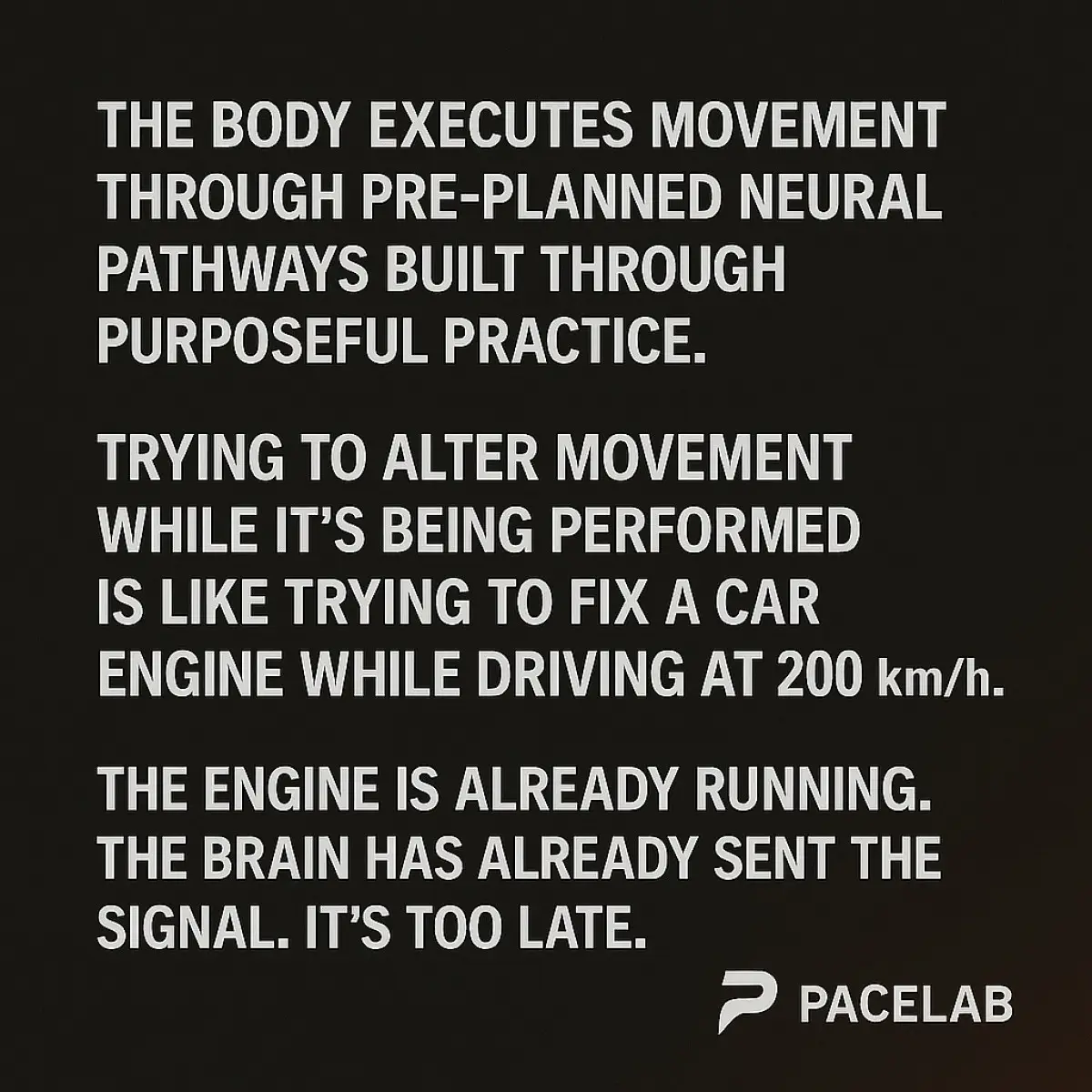
Image: Instagram
Steffan Jones, known for his contributions to fast bowling and cricket coaching, recently emphasized a crucial truth in bowling mechanics: you cannot change technique during delivery. In his latest post, he stated, “You’re not changing technique when you are bowling. Simply not possible.” This clear message underlines the importance of relying on pre-planned motor skills and pre-established biomechanics during performance, where in-the-moment tinkering simply doesn’t work.
Bowling Technique Remains Fixed
In the world of fast bowling, a bowler’s technique is honed through countless hours of practice that builds an ingrained motor pattern. Jones explains that while coaches can introduce various constraints and scenarios in training sessions, the fundamental skill itself is fixed. The idea is straightforward: irrespective of adapting conditions during practice, the core bowling action must be a product of deliberate, pre-planned technique. This concept reaffirms the importance of trust in the process—a philosophy that has echoed through various PaceLab training modules and is supported by numerous studies in motor learning.
According to Jones, encouraging adaptability through training constraints helps simulate game conditions where a batter’s varied actions demand perceptual adjustments. However, despite these variable drills, the skill of fast bowling remains tethered to a rigorous, pre-set technique that cannot be modified mid-delivery. This principle is critical for any coach looking to build reliability and precision in their bowlers.
Trusting The Process In Training
Jones’s insights are not coming in isolation. They are consistent with earlier PaceLab posts that criticized static training methods such as bowling at fixed cones. One such post argued that while cone drills might appear technical and precise, they only foster a ‘constraint-fixed’ precision. The training from such drills rarely transfers to actual match conditions where a bowler must read the batter’s movements and adapt dynamically. Instead, true accuracy arises from perception-action cycles where bowlers are constantly processing visual cues and reacting accordingly.
Steffan Jones has long championed the idea that while training can and should incorporate elements designed to improve adaptability, the true skill of bowling is developed through relentless repetition of a fixed, efficient technique. This philosophy is reflected in his statement, where he reinforces that while you can vary training constraints, the skill itself is pre-planned from practice and hard work. As he puts it, “Think differently. Trust the process.”
The Science Behind Pre-planned Skill
Biomechanically, fast bowling is about generating momentum from the ground up. The sequence starts with the run-up, where the ground reaction force propels the body into an optimal posture for delivery. The precision of this process depends on a well-rehearsed motor pattern: from pelvic rotation through trunk alignment to the final arm action. Training under high-intensity conditions ensures that this kinetic chain is maintained under pressure, and any deviation in the moment can compromise both speed and accuracy. Jones’s assertion reinforces that modification of this technique during performance is not feasible—it is the result of years of ingrained practice.
This view is echoed in previous discussions within the PaceLab community. Earlier, Jones and his peers argued that training with contextual cues rather than static targets yields a more robust and adaptable skill set. For instance, another post explained why bowling at cones doesn’t build real accuracy because it eliminates key perceptual inputs. Instead, they advocate for scenario-based training that mirrors the chaotic, unpredictable environment of a live match.
Integrating Coaching With Performance Practice
Steffan Jones’s approach draws on a blend of coaching experience and biomechanical principles. With a career that spans both playing and coaching, his insights offer a practical guide to upcoming fast bowlers. Even though training sessions can incorporate a variety of drills—varying landmarks, randomized targets, and live feedback mechanisms—the actual bowling action must be instinctively executed as learned. This separation between adaptable training methods and static performance execution is vital to avoid overthinking and disrupting the smooth flow of a well-practiced technique.
The emphasis on fixed technique during performance has resonated well within the cricket community. Instagram posts from PaceLab have showcased dramatic results from training camps where coaches demonstrated that quick, live coaching combined with context-based drills can produce improvements far more swiftly than long-term, isolated training. Jones’s recent post is part of this broader narrative where the focus is on building robustness in a bowler’s approach, ensuring that their technique remains both reliable and effective under match conditions.
Ultimately, Jones’s message is clear: while innovation in training is key to developing a versatile skill set, the act of bowling itself must be executed with a pre-planned, unalterable technique. Aspiring bowlers and even seasoned professionals are therefore encouraged to refine their training regimes by incorporating adaptive drills, but to remember that when it comes to performance, the body executes a skill that has been built over a long period and cannot be adjusted on the fly.
This philosophy challenges the notion that one can simply alter mechanics mid-action. It invites both players and coaches to focus on preparing the body to respond naturally and efficiently under pressure—trusting the process, and letting the pre-planned technique do its work on the field.
Read full bio of Joyce



